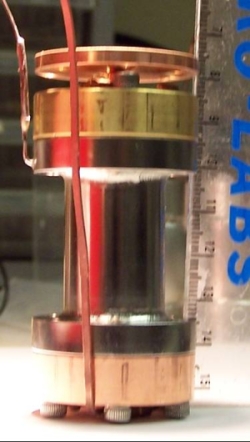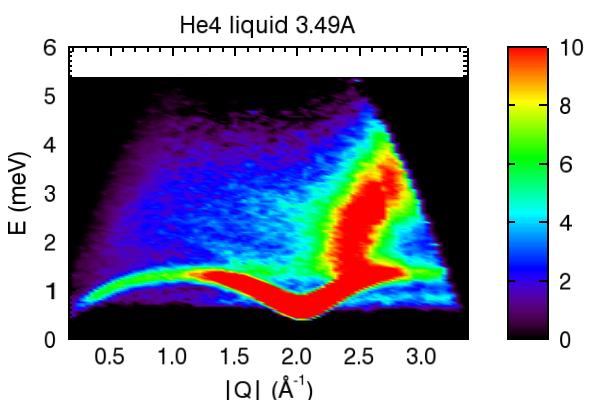Dr. Elizabeth Blackburn

Position:
Reader in Experimental Physics
Research Topics:
Magnetic materials
X-ray and neutron scattering
Group:
Contact:
Tel: +44 (0)121 414 4694
Fax: +44 (0) 121 414 4719
Room: East 207
Research Overview
Magnetization Dynamics
The way in which magnetic moments or magnetic domains move can teach us a lot about the interactions inside such materials. This can shed light on the exchange interaction, and help us understand the stability of stored magnetic states in devices.
On short timescales (sub-microsecond) there are a number of well-established techniques, such as inelastic neutron scattering. The excitations in a system can tell us about facets of a structure that are not immediately obvious. For extremely short timescales (femtoseconds) new techniques are currently being developed using short x-ray pulses.
On time scales from microseconds to tens of seconds, photon correlation spectroscopy is a potentially new and useful tool that has been successfully used to study non-magnetic dynamics in many systems, such as polymers. To provide useful information on slow magnetic dynamics there are a number of experimental problems to overcome, but the core idea is that scattering off the sample generates a speckle pattern. At some later time, the atoms and magnetic moments have shuffled around, and the speckle pattern will be a little bit different. By collecting such patterns over a range of times, correlations can be measured and used to gather information on the timescales of dynamics over differing lengthscales. This might involve looking at domain wall motion in thin ferromagnetic films, or relaxation in frustrated materials like spin glasses or spin ices.
Quantum Crystals
Helium can only be solidified under pressure. Because the helium atoms are very light and have relatively weak interactions with each other, they have a large zero point motion, and so the crystal is strongly anharmonic - it is a quantum crystal. Some ferroelectric crystals close to their transition temperatures can also be classified in this way.
Samples are grown in situ in a large stainless steel chamber in a dilution refrigerator. Helium gas is pumped into the cell through a thin capillary and then liquefied and finally solidified.

Stainless steel sample cell.
Current neutron scattering studies indicate that solid helium has a rich spectrum of excitations, not all of which are completely understood. Certain features resemble the continua seen in many quantum magnet systems, and observations in both the bcc and hcp phases of He-4 indicate that there are unexplained modes, most probably linked to delocalized vacancies. As a taster, the figure below shows the excitation spectrum of the superfluid.
